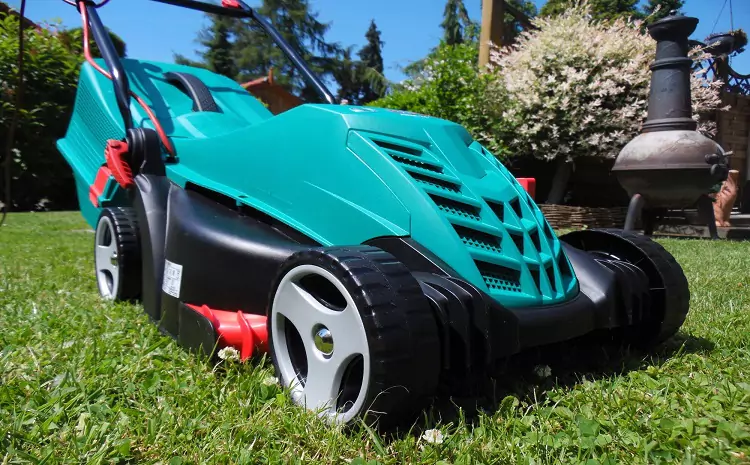Did you know that the mulching material market size is expected to grow to $8.42 billion by 2034?
Mulch has become an essential part of gardening and landscaping. It can prevent weed growth, retain soil moisture, and provide nutrients to plants. If you’re a beginner looking to start your mulching project, this guide is for you!
In this article, we’ll walk you through the steps of DIY mulch installation. This will help you achieve a beautiful and healthy garden. Keep reading to learn more.
1. Choose the Right Type of Mulch
The first step in mulch installation is choosing the right type of mulch for your garden. There are various types available, such as organic and inorganic mulches.
Organic mulch decomposes over time and adds nutrients to the soil. This can include materials like wood chips, leaves, and grass clippings.
On the other hand, inorganic mulch does not decompose and can include materials like rocks and rubber. Consider your garden’s needs and aesthetic when choosing a mulch type.
2. Calculate the Amount Needed
Before purchasing your chosen mulch, calculate the amount needed for your project. This will ensure that you don’t end up with excess or not enough mulch.
To calculate, measure the length and width of your garden bed and multiply them. Then, divide the result by 100 to get the number of cubic yards needed. Most mulch bags or bulk deliveries are measured in cubic yards.
3. Prepare the Garden Bed
Once you have your chosen mulch and the amount needed, it’s time to prepare the garden bed. Remove any existing weeds or debris and level the surface.
You can also lay down a weed barrier like landscape fabric to prevent future weed growth. Make sure to cut holes in the fabric for existing plants.
4. Spread the Mulch
Now comes the fun part – spreading the mulch! Start by pouring your mulch onto the garden bed and using a rake or shovel to spread it evenly. Aim for a thickness of 2-3 inches for optimal benefits.
Avoid piling up mulch around plant bases, as this can promote rot and disease. Leave a small space between the mulch and plant stems to allow for air circulation.
5. Water the Mulch
After spreading the mulch, water it lightly to help settle it into place and prevent it from blowing away. This is especially important for fine mulch types like wood chips. Avoid over-watering, as this can cause the mulch to compact and prevent proper air and moisture circulation.
6. Maintain the Mulch
To ensure its longevity and effectiveness, make sure to maintain it properly. This includes regularly checking for weed growth and replenishing the mulch as needed. You can also turn or fluff the mulch occasionally to prevent compaction.
To help you get the most out of our mulch, consider hiring professional lawn care services. They can provide professional yard maintenance and ensure your garden stays healthy and beautiful. You can check this site https://www.evergreengroundsmanagement.com to help you find one.
Doing a Mulch Installation With Confidence
Mulch installation may seem like a daunting task for beginners. But with this step-by-step guide, you’ll be able to achieve it successfully. Don’t be afraid to experiment with different types of mulch or techniques to find what works best for your garden.
With proper installation and maintenance, mulch can provide numerous benefits for your plants and garden. So go ahead and give it a try – your garden will thank you!
Looking for more tips and advice? Browse our other blog posts for more information and tips!

Mark Thompson, a seasoned pest controller, is renowned for his expertise in keeping homes and businesses free from unwanted intruders. With a passion for environmental sustainability and a deep understanding of pest behavior, Mark has become a trusted authority in the industry.
